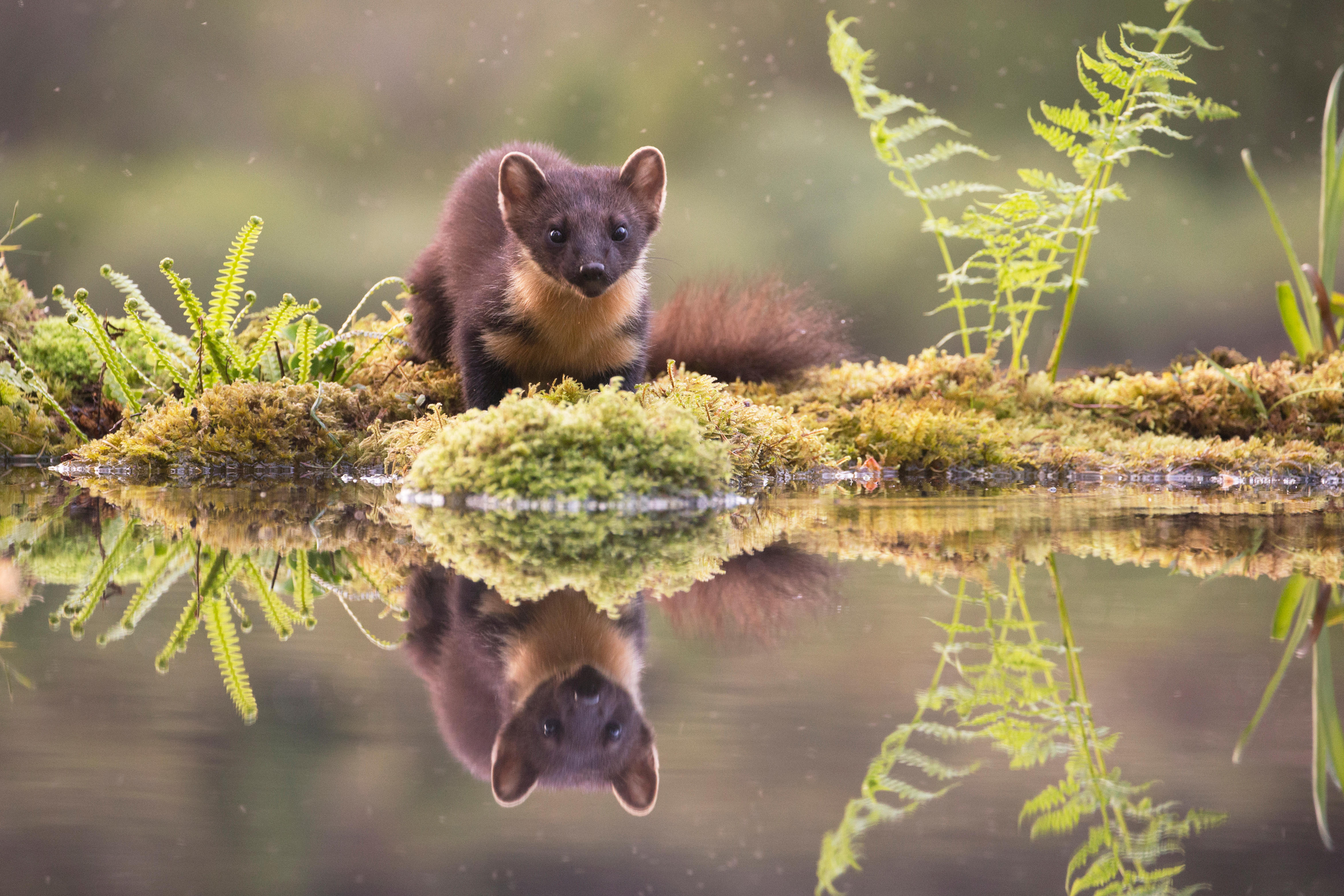Wildcats set to return to the English countryside
A project to bring wildcats back to England has begun in earnest, with four kittens bred in the summer and set to be released into the wild once grown.


Wildcats are making a comeback in England for the first time in 150 years. Devon farmer and ecologist Derek Gow has bred four kittens — three males and one female — which he will release in the wild once they are grown.
‘[It] is make or break time for the species in the UK,’ he wrote on Twitter. ‘This breeding group needs to grow fast now to provide any kind of future.’
Larger and fiercer than normal cats, wildcats are skilled rabbit hunters. In the past, this put them at odds with people and many animals were mercilessly killed. The combined impact of trapping and hunting, habitat loss, disease and cross-breeding with domestic cats took a heavy toll. The species, once common across the UK, had virtually disappeared from England and Wales by the late Victorian era, and is now only found in the Scottish Highlands.
But even Scotland’s population is declining fast, with estimates putting numbers at 30 to 430 animals. Worse, they have now interbred so much with domestic cats that they are virtually on the brink of extinction, especially because ‘recent data suggest that [the hybridisation] threat is accelerating,’ according to a recent study.
Conservationists in Scotland are working hard to stem this decline while Mr Gow, who has previously worked on other reintroduction projects, is doing his bit by bringing wildcats back to England. He ultimately intends to establish a large enough population to breed 150 kittens every year, thus lowering the risk of interbreeding with domestic cats.
Mr Gow's efforts have received support both from environmentalist Ben Goldsmith and from the Vincent Wildlife Trust, which is looking to establish ‘a self-sustaining wildcat population in an ecologically suitable landscape’.
Alongside saving the species and helping restore biodiversity, the reintroduction of wildcats may have another fringe benefit: it may help contain the number of invasive grey squirrels, which are ideal prey for the fierce felines.
Exquisite houses, the beauty of Nature, and how to get the most from your life, straight to your inbox.

Country Life Today: 'Nature's most adorable assassins' released into the wilds of Gloucestershire
In today's round-up we bring you reports of a gigantic iceberg, a surge of abandoned 'designer' dogs and a goose
Carla must be the only Italian that finds the English weather more congenial than her native country’s sunshine. An antique herself, she became Country Life’s Arts & Antiques editor in 2023 having previously covered, as a freelance journalist, heritage, conservation, history and property stories, for which she won a couple of awards. Her musical taste has never evolved past Puccini and she spends most of her time immersed in any century before the 20th.
-
 ‘I’m not impressed by an Oxbridge education’: Author Jessie Burton on her acting ambitions, writing ‘The Miniaturist’ and her consuming passions
‘I’m not impressed by an Oxbridge education’: Author Jessie Burton on her acting ambitions, writing ‘The Miniaturist’ and her consuming passionsThe Sunday and New York Times bestselling author wrote her debut novel under her desk while temping as a PA for private equity companies. Lotte Brundle meets her.
-
 You can now rent King William IV’s former home in London’s Mayfair — for a princely sum
You can now rent King William IV’s former home in London’s Mayfair — for a princely sumThe London property — with royal lineage — is on the market with the estate agency Wetherell for £25,000 a week.
